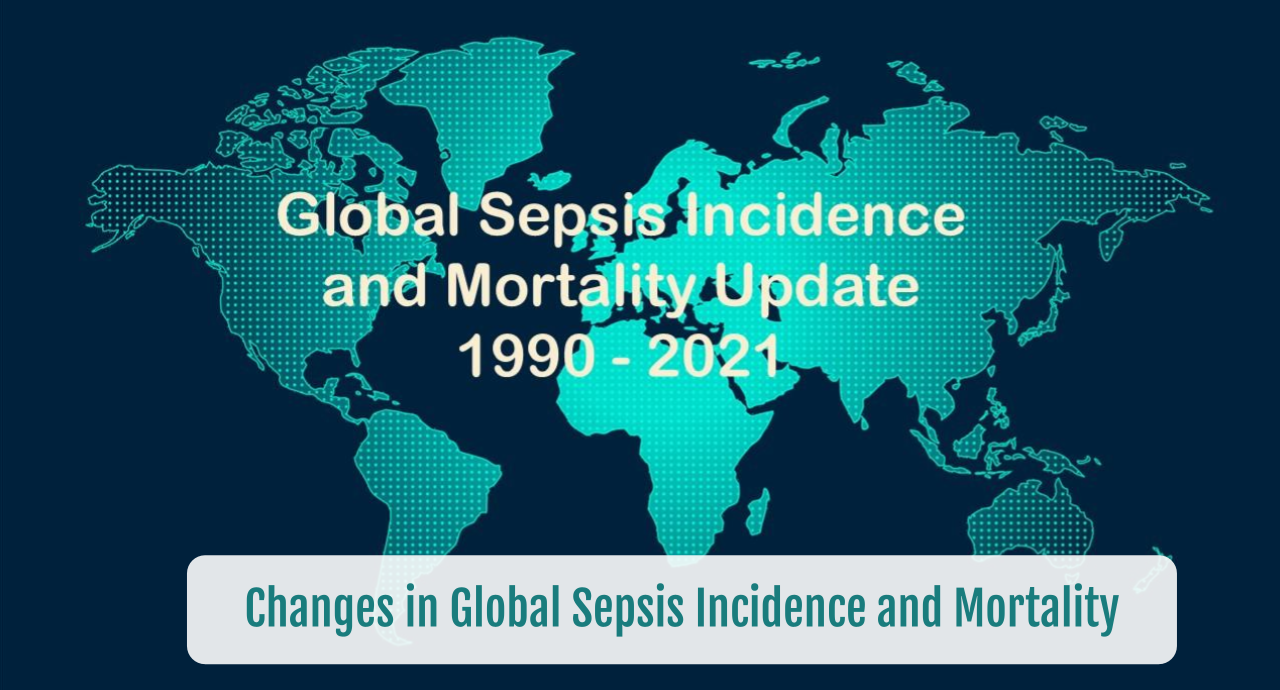5 Tips with Electronic Sepsis Notification Systems
5 Tips with Electronic Sepsis Notification Systems
- Numerous studies have developed electronic tools for the detection of sepsis. As machine learning evolves, many more will probably abound.
- Most evaluations are fraught with methodologic design pitfalls which preclude widespread implementation and use for patient identification and improved clinical outcomes.
- The following review highlights the common dilemmas and misperceptions about electronic sepsis notification systems (ESNs) readers should be aware of.
TIP # 1: ESNs are not diagnostic of sepsis.
- Sepsis remains a clinical diagnosis without a current gold standard definition.
- ESNs identify patients requiring further clinical assessment to determine the presence of absence of sepsis.
- Most screening tools (electronic as well as manual) rely on the outdated and no longer recommended abnormalities of the 1991 signs of systemic inflammatory response syndrome.
TIP # 2: Recently conducted large trials (tens of thousands of patients) have poor area under the receiver operator curve (AUROC) values.
- The AUROC is the most useful in the early stages of clinical tool evaluations and is an effective way to summarize the overall accuracy.
- A value of 0.5 indicates lack of discriminating ability
- The large studies of ESNs indicate an AUROC of 0.3 – 0.6, indicating poor discriminating ability of sepsis patients.
- A few evaluations report values in the 0.8 – 0.9 range, however are misleading due to the small number of sepsis patients evaluated.
TIP # 3: ESNs have low PPV and high NPV
- The positive predictive value (PPV) is the probability that the patient with a positive screen truly has sepsis.
- A negative predictive value (NPV) is the probability that a patient with a negative screen truly does not have sepsis.
- Most ESNs have a low PPV (less than 25%) and a high NPV (greater than 90%).
- This is expected from a screening test versus a lab test.
- The implication is if the ESN does not activate, the patient does not have sepsis due to the high NPV.
- Whereas, a patient with a high glucose value which activates a notification has a high PPV and low NPV.
TIP # 4: Impact of ESNs on Outcomes
- Simply implementing an ESN will not guarantee improved clinical success.
- An ESN is just 1 component of a sepsis program required to improve outcomes.
- The timing of ESN activation (either prior to or at the same time of clinical recognition) is important, especially if the clinical team already had a strong suspicion of sepsis.
TIP # 5: Testing ESN on a group of known sepsis patients is not a true test.
- Testing should occur in all patients to assess the ability of the ESN to discriminate between those with and without sepsis.
- The definition of sepsis is also important. There are wide variances in the incidence of sepsis when billing/diagnostic codes are used versus clinician assessment of patient findings.
CONCLUSIONS
- Electronic Sepsis Notification systems must be rigorously test and clinically validated before widespread acceptance into bedside use.
- Activation of these systems are not analogous to known chemistry abnormalities, they indicate which patients need further assessment for sepsis.
- Several discrepancies exist in ESN model development and clinical utility.
To receive articles like these in your Inbox, you can subscribe to Sepsis Program Optimization Insights.
Erkan Hassan is the Co-Founder & Chief Clinical Officer of Sepsis Program Optimization where he designs & oversees the implementation of solutions to optimize sepsis programs.
To discuss your organization’s Barriers of Effective Sepsis Care, contact Erkan by phone (844) 4SEPSIS (844-473-7747), email (erkan@spo.icu), or video chat.





